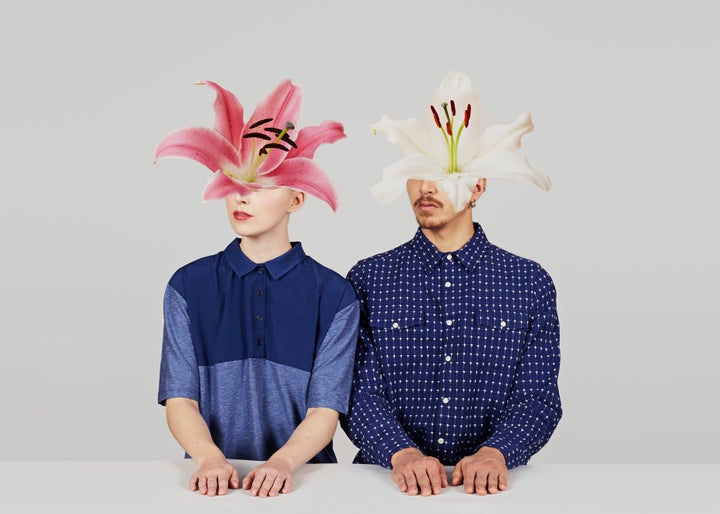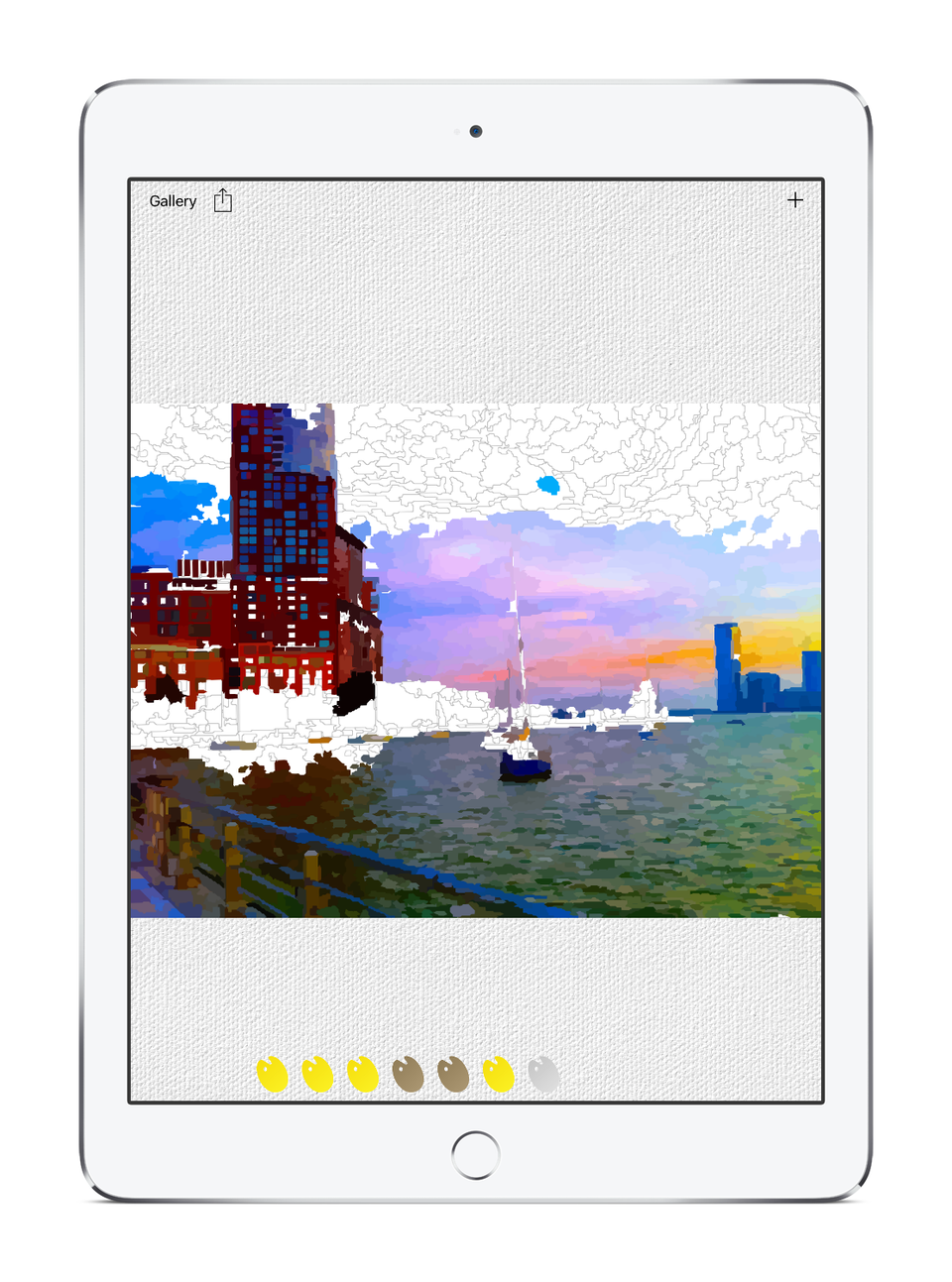
Grumpy humans of the world, listen here. According to a new University of Otago study published in the Journal of Positive Psychology, the path to that happy state of mind you’ve heard so much about requires you get creative ― quite literally, and just once a day.
So you’re not the next Picasso. Same. But flexing your creative muscles doesn’t have to mean preparing an oeuvre for your eventual solo show. A creative exercise can take the shape of anything from kitting to writing to singing to designing. All that matters is that you choose a creative goal for yourself and follow through, something that involves expressing original ideas in a useful or artistic way.
While many recent psychological studies have explored the impact of one’s emotional state on the quality of the artwork they produce, researchers Tamlin S. Conner, Colin G. DeYoung, and Paul J. Silvia sought to investigate the inverse.
“There is growing recognition in psychology research that creativity is associated with emotional functioning,” Dr. Conner explained in a statement. “However, most of this work focuses on how emotions benefit or hamper creativity, not whether creativity benefits or hampers emotional wellbeing.”
To test their hypothesis, psychologists conducted a 13-day study of a sample of 658 young adults to gauge the effect of creative activity on one’s emotional state of mind.
Every day, the participants used a diary to document how much time they spent on creative exercises and the emotional changes they experienced, both positive and negative, as a result. Researchers used the term “PA,” or “positive affect,” to refer to feelings of happiness, joy, excitement and enthusiasm they encountered.
After 13 days, the psychologists tracked what they described as an “upward spiral for wellbeing and creativity” for those who partook in daily creative tasks. According to the study, getting artistic yields a major boost in “PA” that takes hold the following day.
The study also analyzed participants on something called a “flourishing scale,” which asked them to rank their responses to statements like “Today I was interested and engaged in my daily activities,” and “Today my social relationships were supportive and rewarding.” These rankings, too, increased with heightened creative action, suggesting that art’s positive impact can affect your work day flow and your relationship too.
However, researchers determined no “cross-day effect” between creative activities and “PA,” meaning that one’s increased mood could not predict whether or not the subject would participate in another creative exercise the same day. Dr. Conner and her co-researchers expressed that it is, though not predictable, rather likely. As they put it: “engaging in creative behavior leads to increases in wellbeing the next day, and this increased wellbeing is likely to facilitate creative activity on the same day.”
The results reflect what many aspiring writers, artists and performers already know: getting creative feels good, and those positive effects can and do seep into other aspects of daily life. Also, happy feelings could inspire you to make more art. So start a sketchbook, get crafting, dance around in your underwear ― anything to get your imagination pumping and your senses pulsing. And we mean today.

